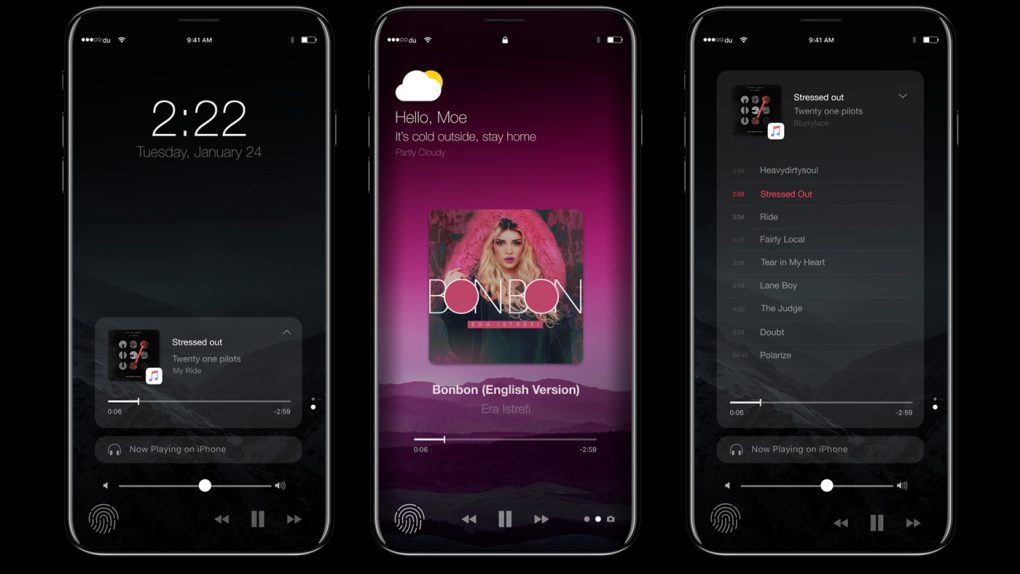Over the past few years, new iPhone releases have essentially adhered the same schedule. Typically, Apple will introduce a new iPhone model on a Tuesday in early-mid September, followed by a global release about 10 days later. The iPhone 8, though, will reportedly represent a significant departure from this tried and true pattern. According to reports, the release of Apple’s highly anticipated iPhone 8 may be delayed, with many analysts now anticipating that the device won’t hit store shelves until sometime in October at the earliest.
According to a handful of analysts with sources within Apple’s supply chain, the iPhone 8 delay can be traced back to technical hurdles associated with the device’s advanced design. Indeed, with an edgeless OLED display and a Touch ID sensor that may be embedded into the display itself — not to mention the inclusion of advanced 3D camera sensors — the iPhone 8 will undoubtedly be the most technologically ambitious device we’ve ever seen from Apple. And while most discussions involving the iPhone 8 being delayed tends to focus on technical problems, Jason Snell of Macworld astutely points out that ramping up production on a new product can be just as challenging.
Interestingly, Snell articulates that the iPhone has become such a successful product that it has become challenging for Apple to incorporate advanced technological improvements without experiencing a supply shortage of some sort.
This is one of those areas where Apple may be the victim of its own success. The iPhone is so popular a product that Apple can’t include any technology or source any part if it can’t be made more than 200 million times a year. If the supplier of a cutting-edge part Apple wants can only provide the company with 50 million per year, it simply can’t be used in the iPhone. Apple sells too many, too fast.
This is an interesting point and speaks to the fact that Apple doesn’t have the luxury of rolling out new and advanced technologies for a niche group of users. On the contrary, if Apple wants to introduce a new technology to the iPhone, it essentially has to bring it into the mainstream from day one. And while Apple typically relegates its most advanced features to its premium and higher-priced iPhone model, the wild popularity of the iPhone 7 Plus last year underscores that an expensive price tag isn’t always enough to temper demand.
All that being said, and amid reports that the iPhone 8 may be in extremely short supply for a number of months, the idea that Apple might slap a $1,200 price tag on the iPhone 8 starts making much more sense. If Apple can’t ramp up supply in a timely manner, tweaking overall demand is arguably a necessity. After all, what other option does Apple have that wouldn’t result in an PR disaster? It’s not advantageous for Apple or consumers to have the iPhone 8 release be plagued by excessive delays, a dynamic that would undoubtedly arise if the iPhone 8 is priced too closely to the pricepoints Apple used on last year’s iPhone 7 lineup.
Additionally, it’s worth noting that Apple values its precious margins and typically likes to keep them quite high. That said, the bill of materials associated with the iPhone 8 will be markedly higher than any other iPhone Apple has ever released, thanks in part to a larger display, advanced cameras, and the incorporation of 3D lasers. All in all, the iPhone 8 — by a wide margin — will be the most technologically advanced smartphone Apple has ever released, a fact which will be represented by a hefty price tag.








